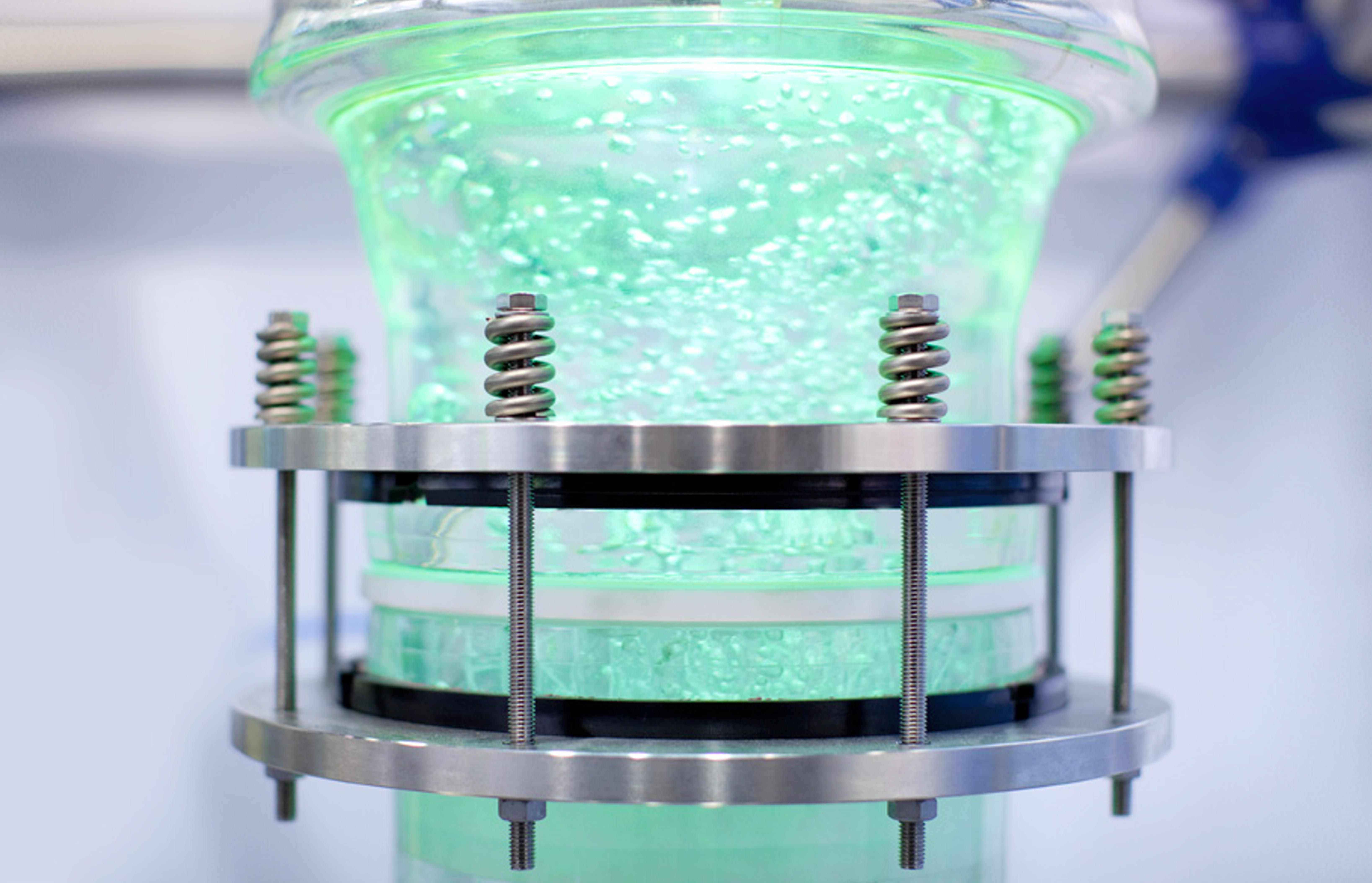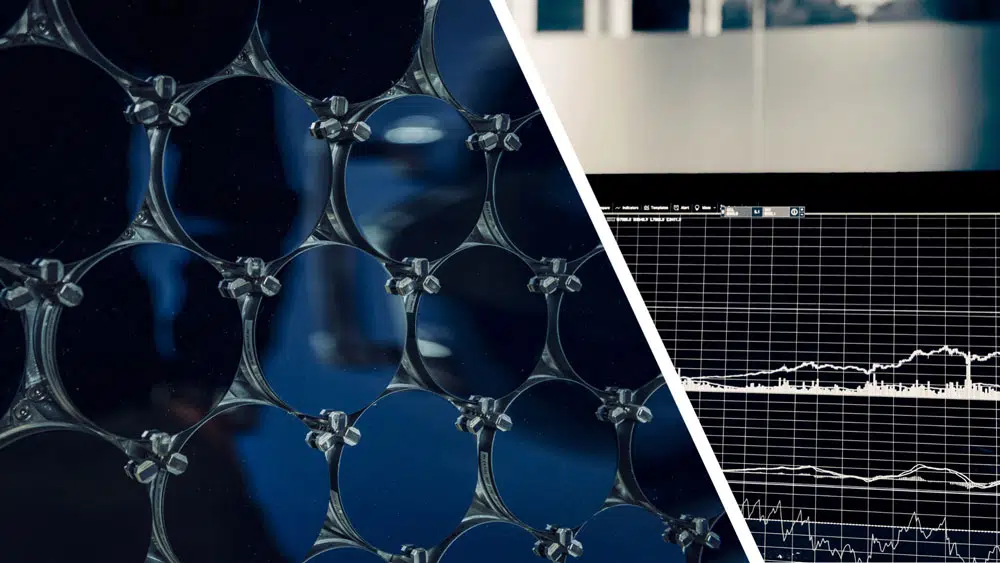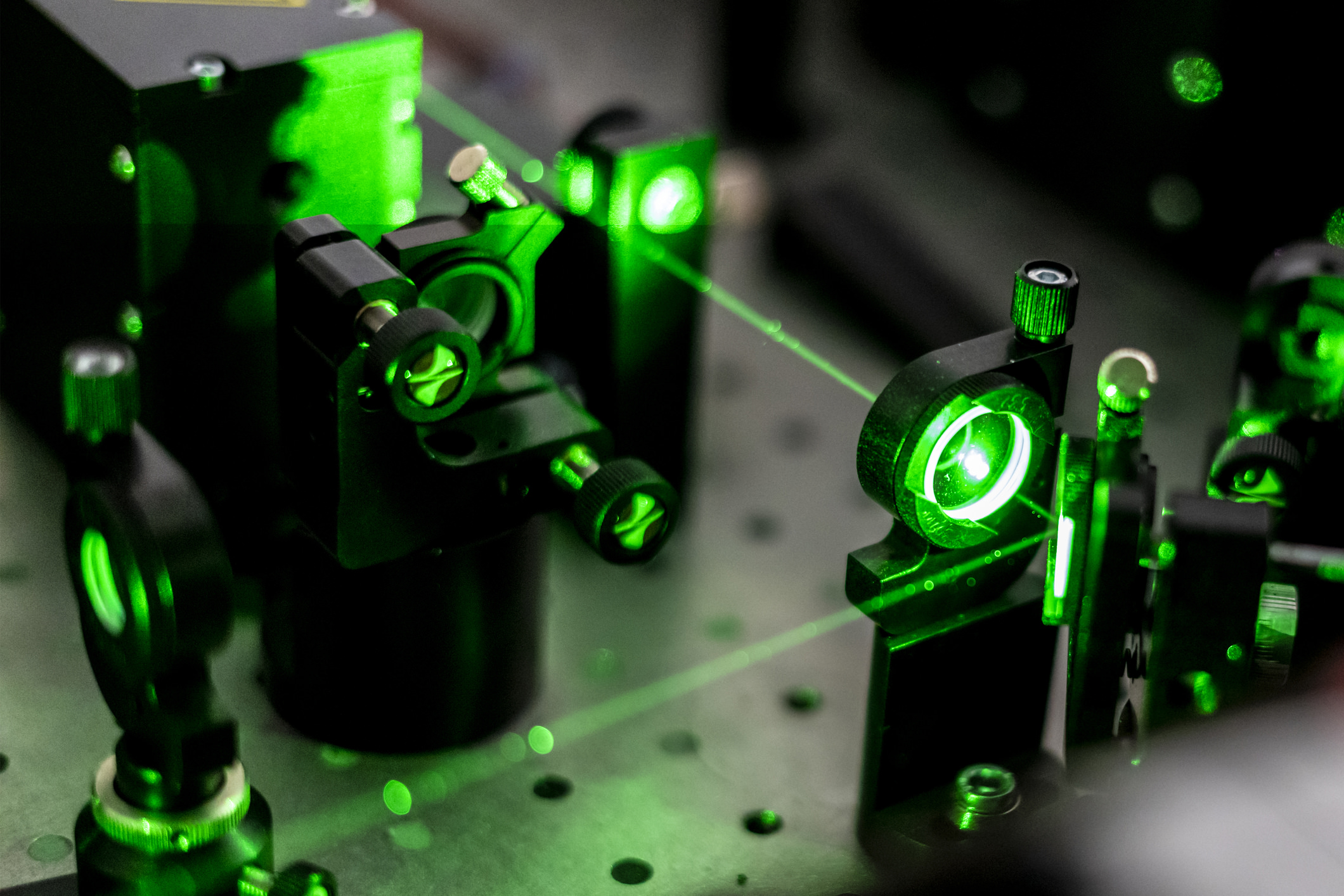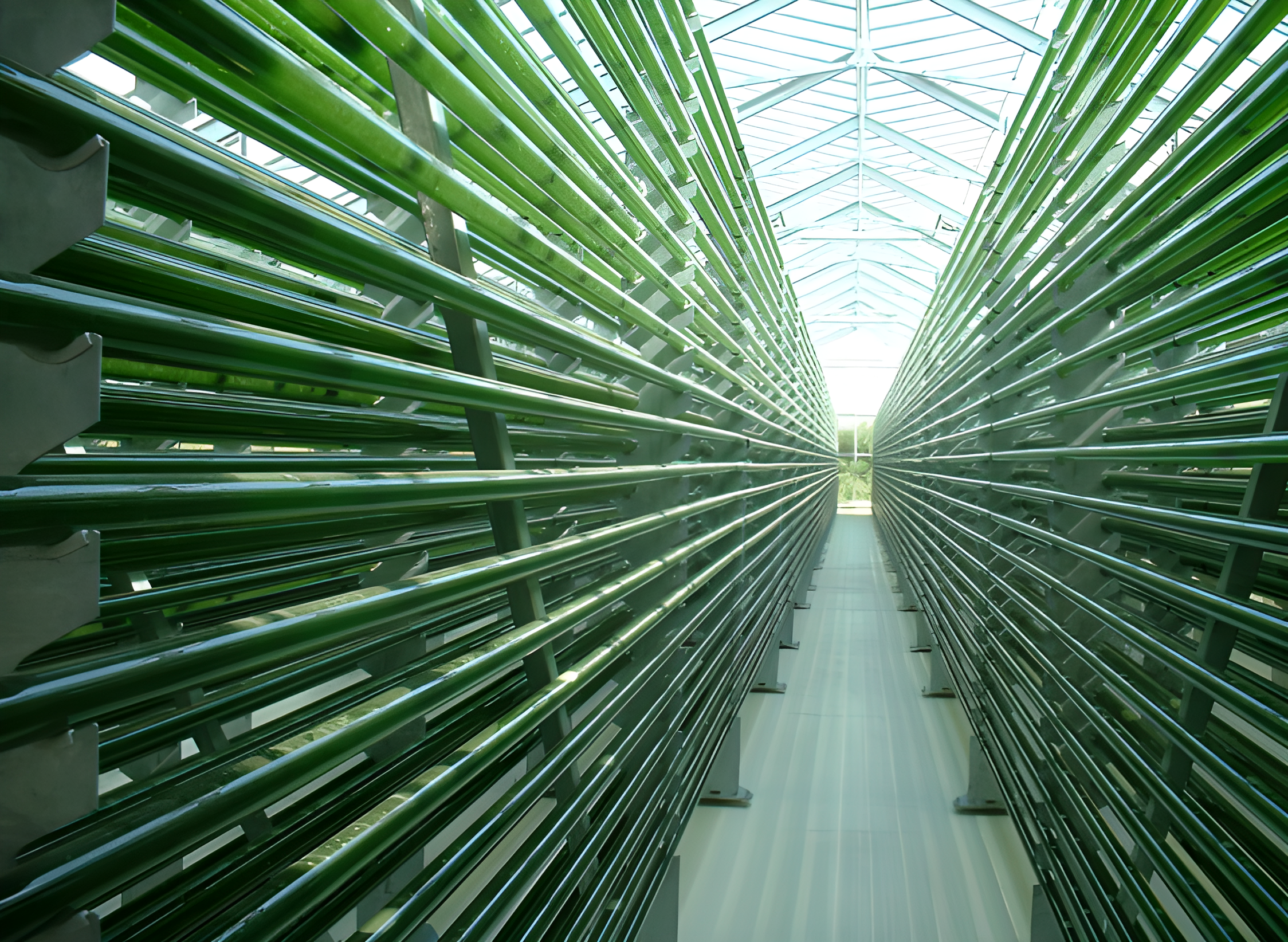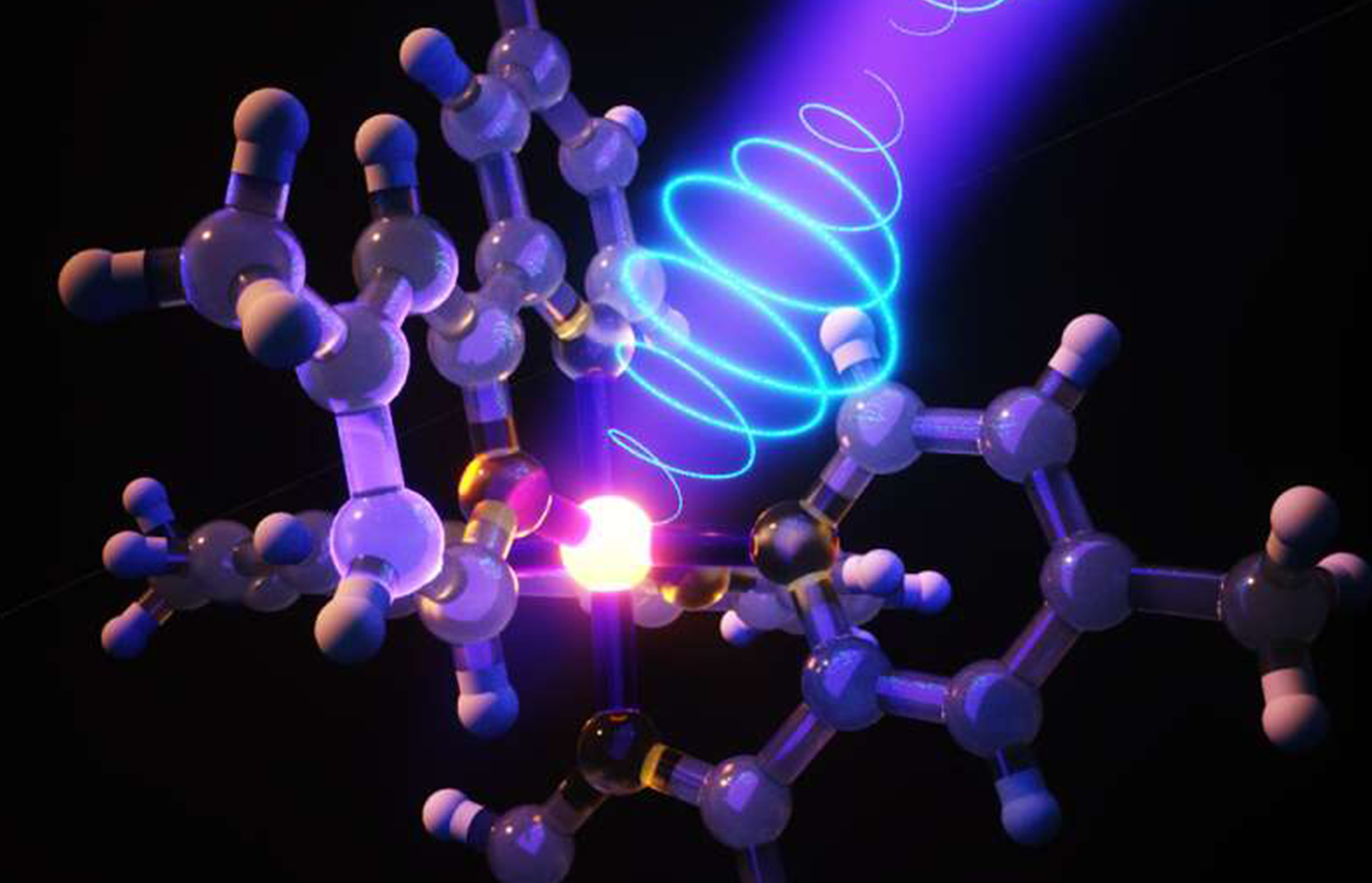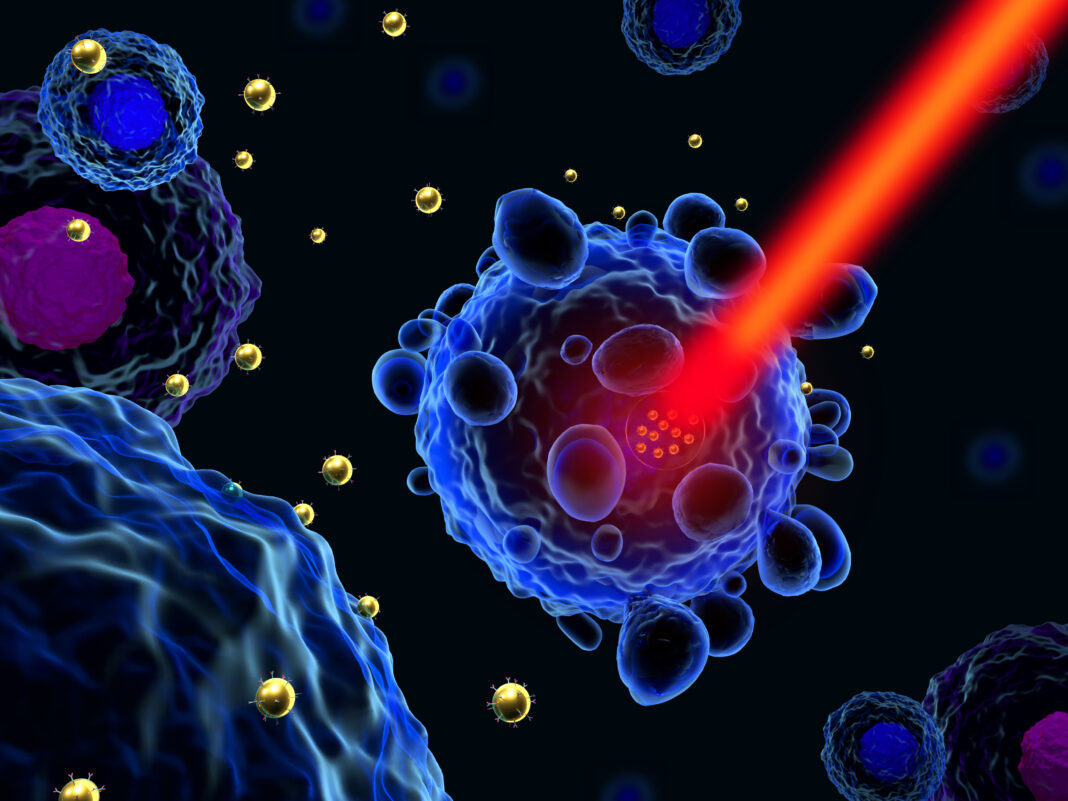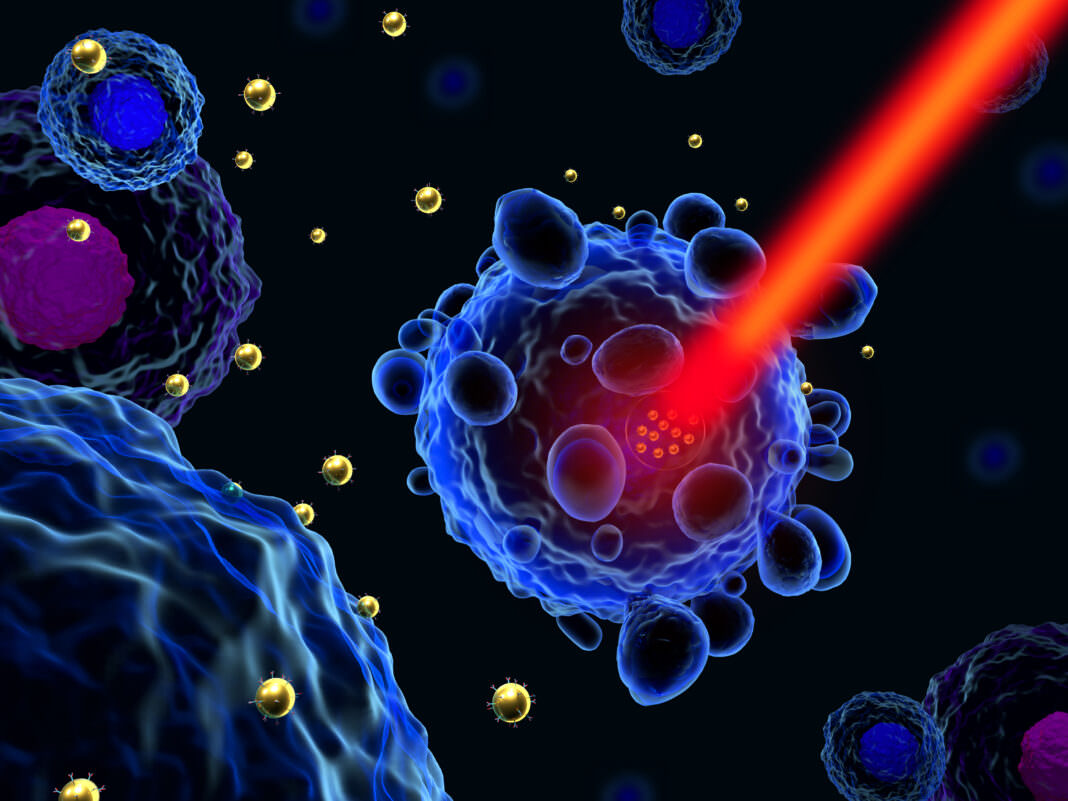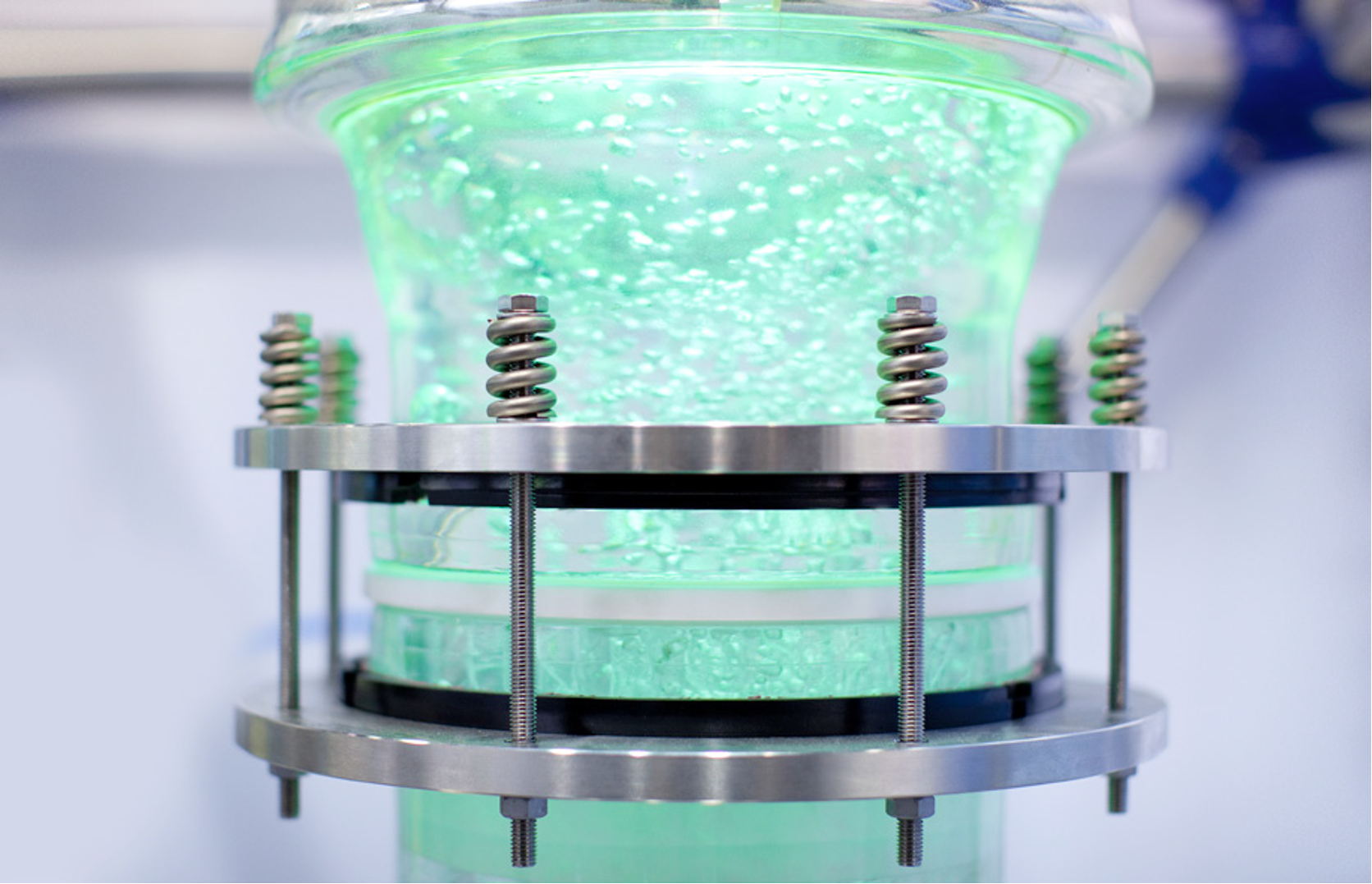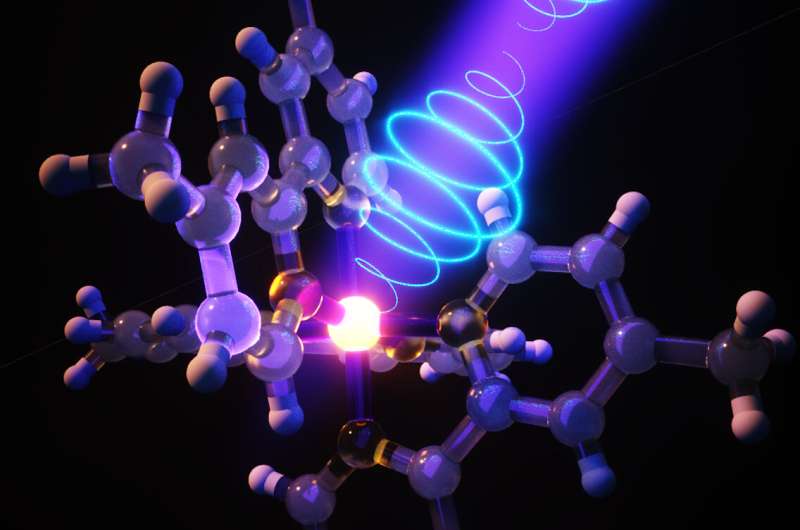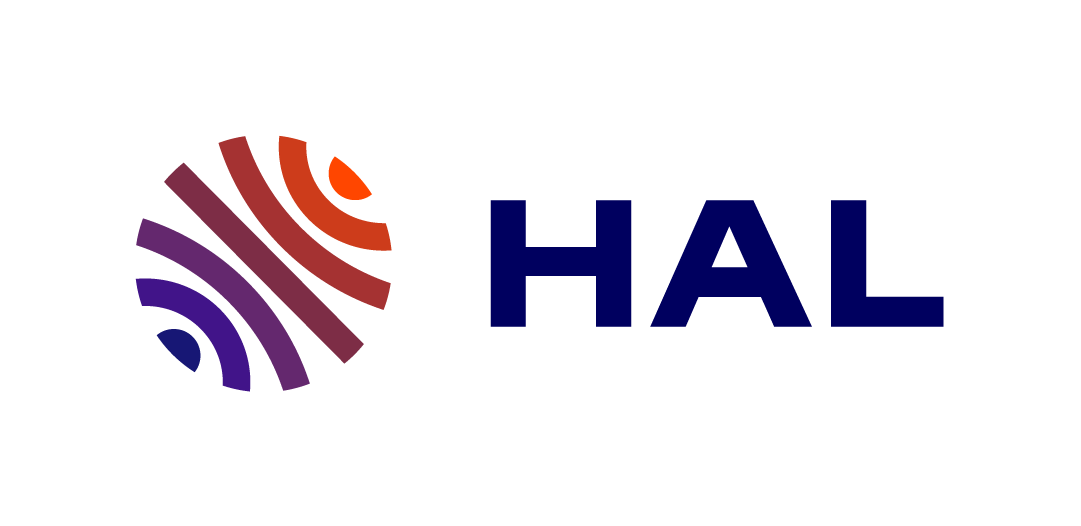
CHIREXCO Project
© kjpargeter
Induced Chirality by Excitonic Coupling on Chiral Surfaces: A Multiscale Computational Approach
Keywords
Chirality, circularly polarized light, hybrid interfaces, time-dependent density functional theory, molecular mechanics, semi-empirical method, non-adiabatic molecular dynamics, excitonic coupling

Summary
The ChirExCo project aims to develop a multiscale modelling procedure to understand the origin of the chirality induction from chiral surface (such as a helical silica) to achiral adsorbed molecules. The induction of chirality in achiral chromophores via adsorption on helical silica has been demonstrated experimentally by several groups and applied, for instance, in circularly polarized light emission. It has also been observed that the efficiency of this induction is related to the packing density of the adsorbed molecules. While the phenomenon is well documented, the underlying mechanism of this chirality induction is still unknown. Unravelling this mechanism at the atomistic level will open the way to a rational design of hybrid interfaces with many applications such as in circularly polarized light emission and enantioselective photochemistry.
The ChirExCo consortium identified three scientific questions to understand the chirality induction mechanism:
Read more
- By which mechanism can a surface featuring a chiral structure and not photo-active on the scale of dozens of nanometers induce chirality in sub-nanometer molecules?
- How do surface geometry and molecular packing density influence chiroptic responses?
- To what extent does excitonic coupling contribute to the induced chiral properties?
The consortium decided to tackle these questions using a multiscale modelling approach based on molecular mechanics and quantum chemistry. The success of this approach imposes the development of tools and know-how that represent the technical challenges of this project:
- Design modelling tools and a multiscale strategy to build a realistic model of the chromophore packing on chiral surfaces;
- Determine an accurate quantum chemical protocol for simulating the chiroptic properties induced by excitonic coupling;
- Conceive a strategy for the investigation of nonadiabatic dynamics of excitonic states in assemblies of organic chromophores;
- Assess the quality and reliability of different embedding techniques for the simulation of chiroptic properties
The consortium involves researchers from the LCH (Lyon, project leader), the ISCR (Rennes), the CEISAM (Nantes) and the ICR (Marseille). They will combine their expertise in excited state simulations, molecular systems, and hybrid interfaces with their complementary skills in terms of computational methods.
Consortium
LCH • Lyon
Laboratoire de Chimie
Tangui Le Bahers, Stephan Steinmann, Josene Toldo, Agilio Padua
ISCR • Rennes
Institut des Sciences Chimiques de Rennes
Arnaud Fihey, Boris Le Guennic, Mikaël Kepenekian
CEISAM • Nantes
Chimie Et Interdisciplinarité, Synthèse, Analyse, Modélisation
Denis Jacquemin, Adèle Laurent, Morgane Vacher
ICR • Marseille
Institut de Chimie Radicalaire
Mario Barbatti
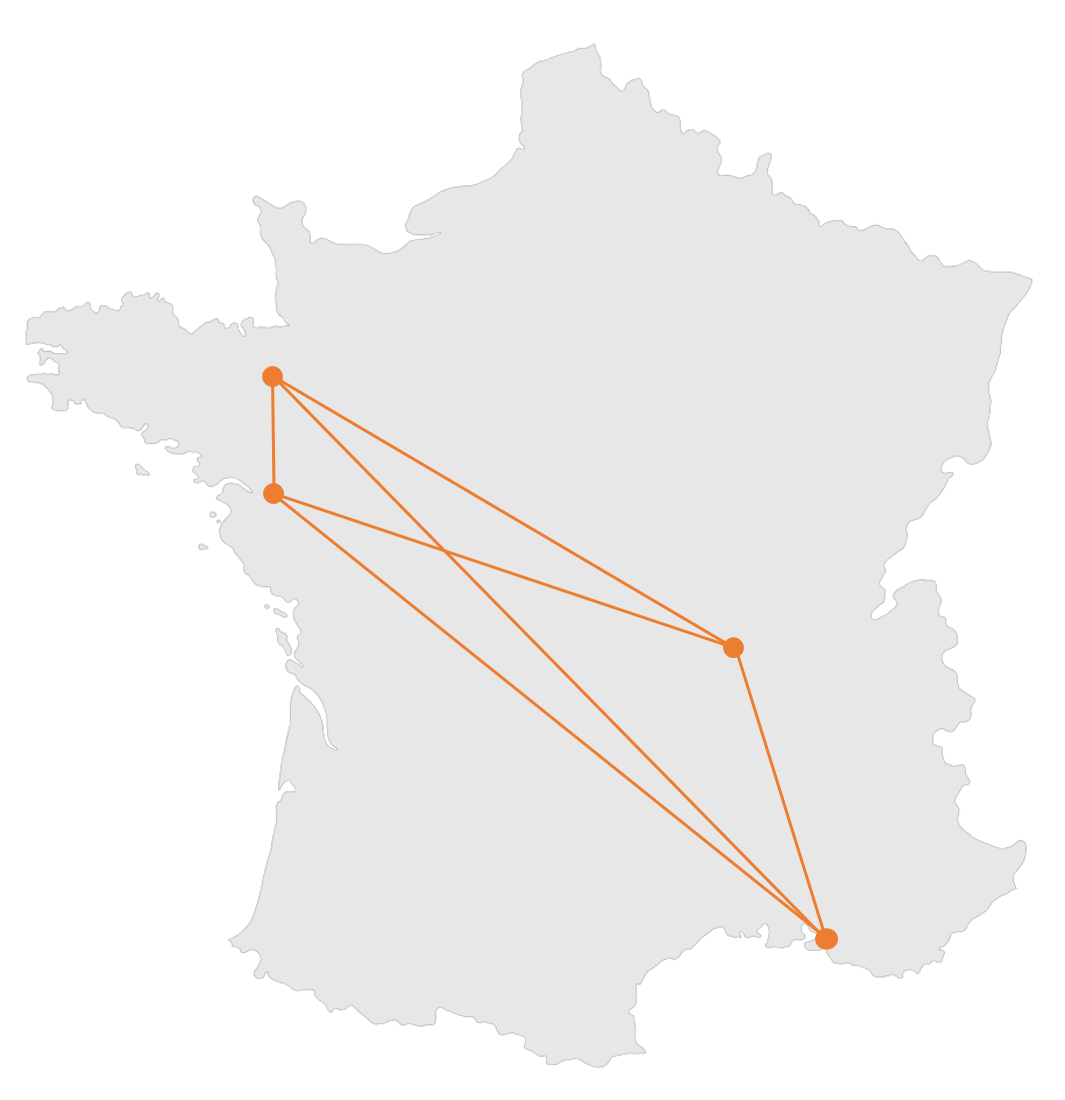
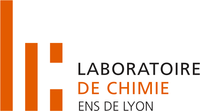
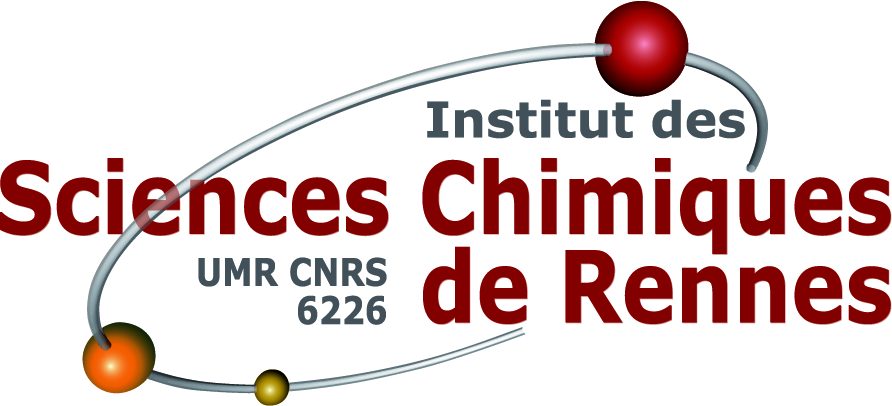



Publications
Les autres projets PEPR
